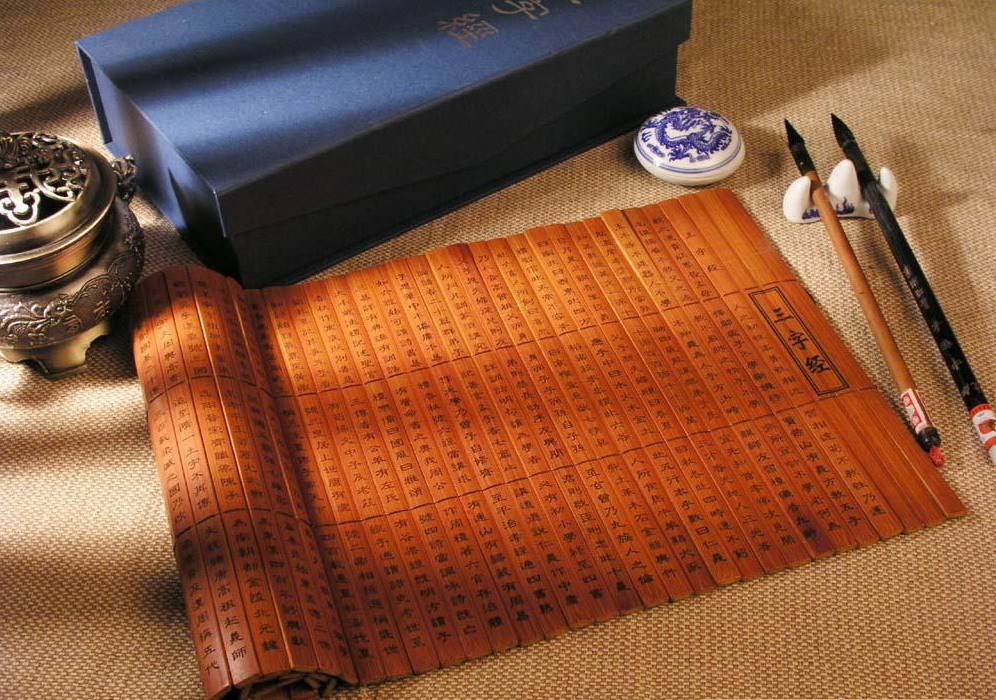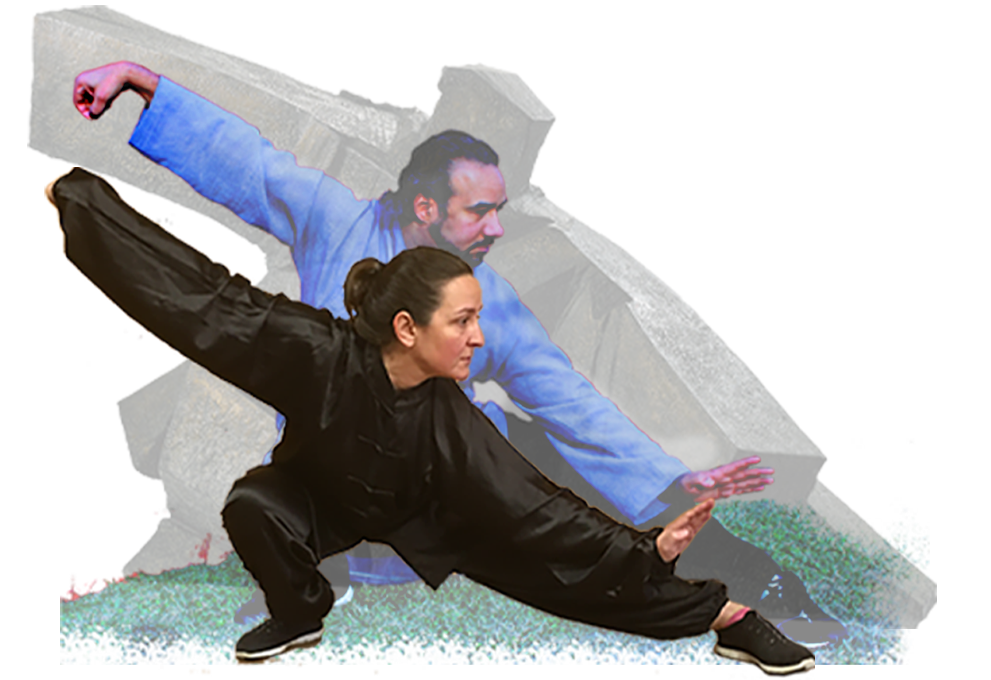
The Tao Te Ching (Dao De Jing)
The Tao Te Ching (or Dao De Jing) is one of the foundational texts of Taoism and holds a unique place in both Chinese philosophy and spiritual practice. Traditionally attributed to Laozi, this ancient text is a profound guide on the nature of existence, the art of living in harmony with the Dao (the Way), and the cultivation of virtue (De).
Position of the Tao Te Ching in Taoist Philosophy
The Tao Te Ching is central to Taoist thought, as it outlines key principles that define Taoist philosophy. It teaches the concept of Wu Wei (non-action or effortless action), suggesting that one should act in alignment with the natural flow of the universe rather than through forceful efforts or resistance. This aligns with the Taoist view of reality as a harmonious, interconnected whole, where every individual and phenomenon is part of the greater Dao. Through metaphorical and poetic verses, the text encourages readers to live simply, embrace humility, and let go of rigid beliefs or desires that lead to conflict.
Importance of the Tao Te Ching in the Practice of TaiJiQuan
In TaiJi (Tai Chi), the Tao Te Ching serves as a philosophical guide that aligns the practitioner’s mental and spiritual approach with their physical practice. TaiJi emphasizes balance, flow, and yielding rather than force, mirroring the Tao Te Ching’s ideals. Concepts like softness overcoming hardness, yielding as a strength, and the unity of opposites (yin and yang) directly reflect principles from the text.
For a TaiJi practitioner, understanding the Tao Te Ching can deepen the approach to practice, as it guides them to cultivate a mindset that is adaptable, calm, and harmonious. Just as the text advises not to resist the natural order, TaiJi teaches one to listen to, feel, and respond to energy without resistance. This synergy between philosophy and practice encourages practitioners to integrate the principles of Dao into their movements, making TaiJi not only a physical exercise but also a means of spiritual cultivation aligned with the Way.
In essence, the Tao Te Ching is a timeless manual for achieving peace within oneself and harmony with the world, both of which are core to TaiJi’s purpose.
And Now, Finally, The Tao Te Ching (Dao De Jing)
Below is linked what I believe to be one of the greatest singular interpretations of the Tao Te Ching available. There are countless attempts at translation. There are many that are fly-by-night make-a-fast-buck translations by people who are also willing to sell you their translations of ‘Runes in 5 minutes’, ‘Beginners guide to Tarot Reading’, and ‘Witchcraft Secret Writings’. And, some are clearly the lifetime pursuit of true scholars. The author has done a remarkable job of bringing the concepts and considerations of the ancient Chinese philosophers into the English speaking world. The physical versions of the book are accompanied by beautiful Chinese brush paintings, as well as the actual, original, calligraphy characters being translated.
If you'd like some Free Tips & other information to learn more about how TaiJi can keep you healthy (in ways you've Never imagined!) Please contact us through the form below.
